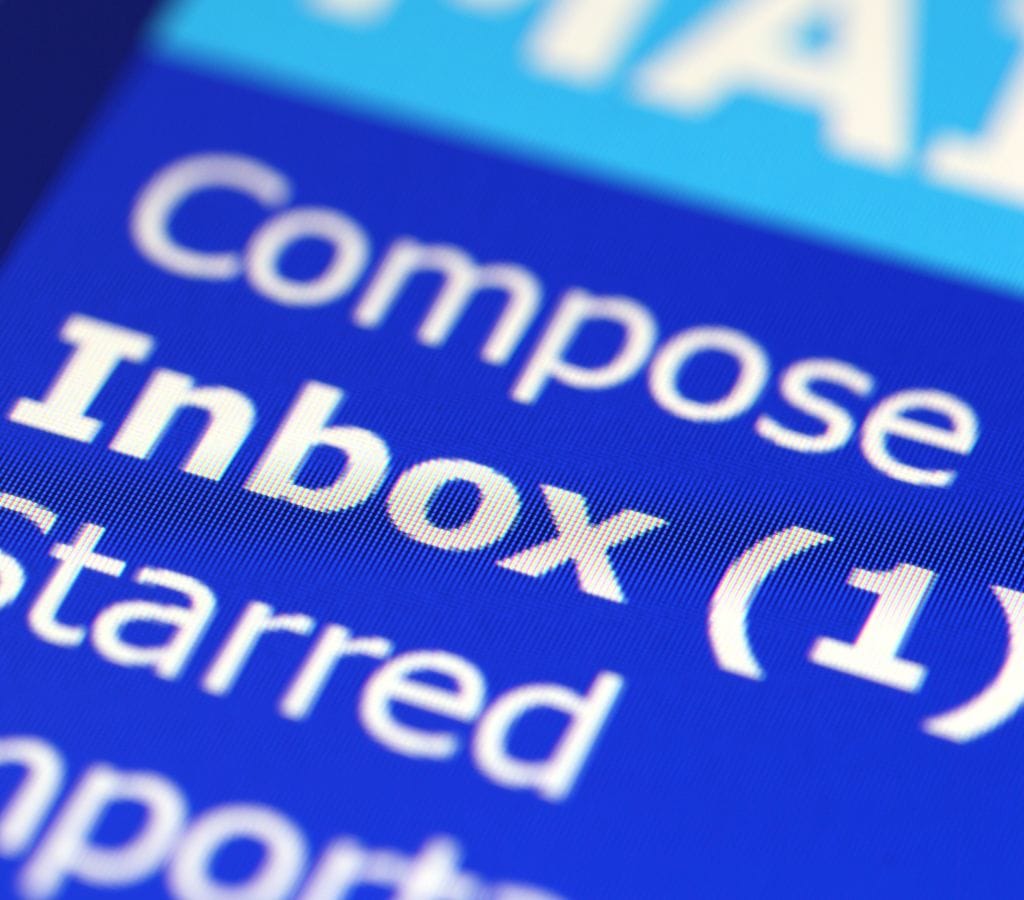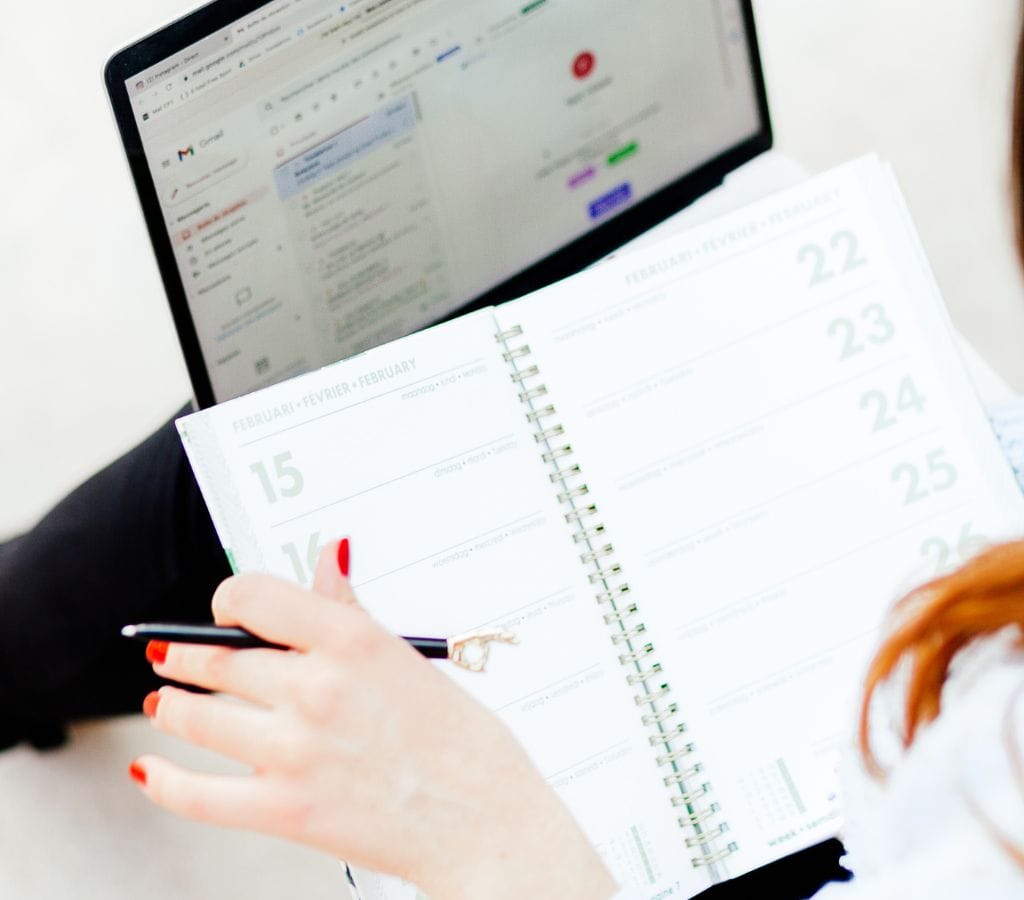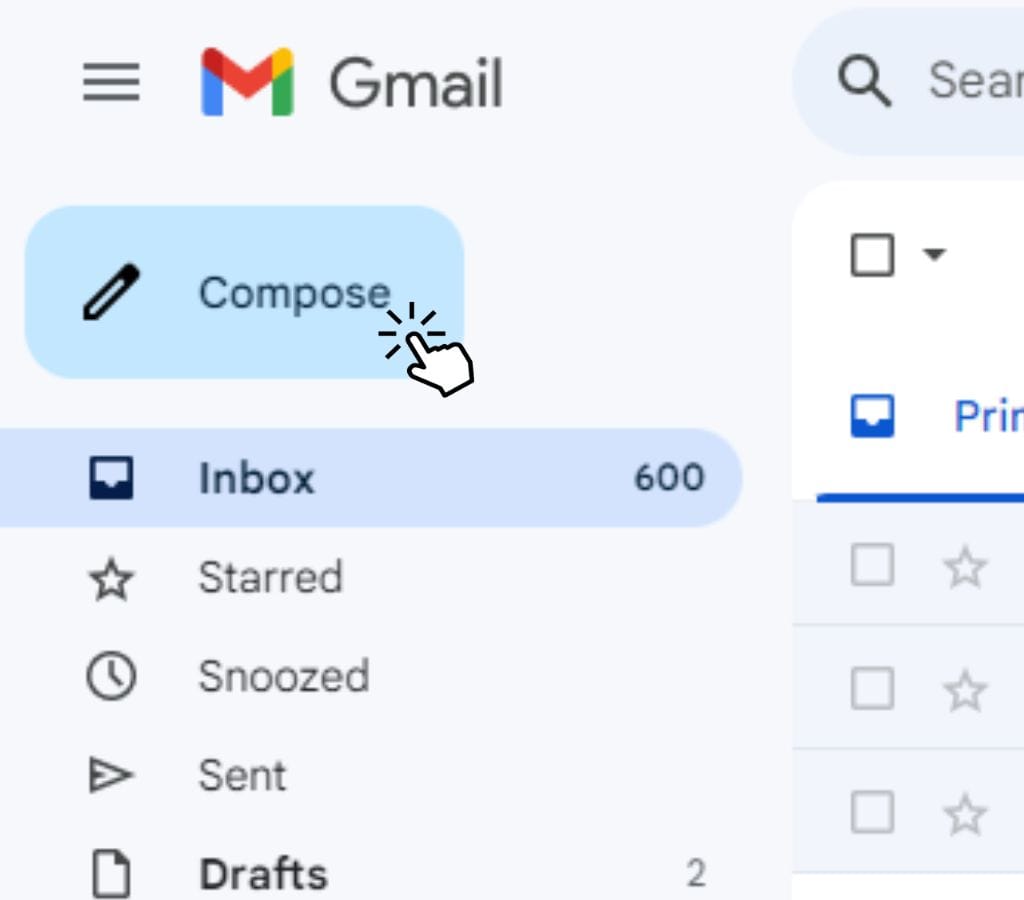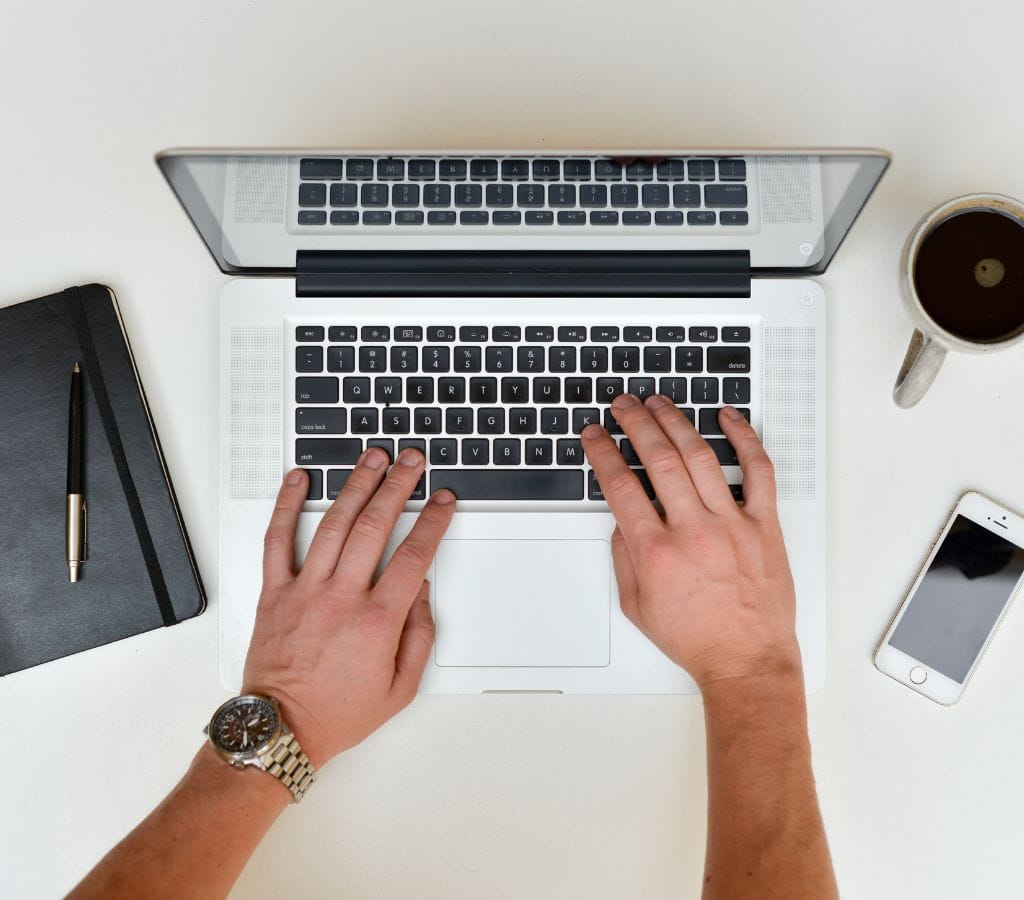Nowadays, email has become an important way to communicate both for business and personal reasons. However, writing multiple people in an email can be tricky regarding manners and clarity. If you're writing to two coworkers, friends, or clients, learning how to address them correctly can have a big effect on how you sound and how well your message sounds. Let's talk about how to properly address two people in an email, from writing the perfect greeting to finding the right tone of seriousness and casualness in the body of the email. Now let's start by learning how to address more than one person with style and professionalism.
How to Use Proper Email Etiquette
Proper email etiquette is the basis for polite and successful communication. Before getting into the details of how to address two people in an email, it's important to know how to properly use email. By following these tips, you can be sure that your message is accepted in a professional and positive way.
- Use a Professional Email Address: When you're sending emails in a formal or business setting, you should use an address that includes your name or the name of the company you work for. Please don't use personal or unprofessional email accounts.
- Subject Line Clarity: The subject line should give a short overview of what the email is about. It helps people understand the message and how to organize it.
- Timing: Pay attention to the day and time you send your email. It's usually best to send it during normal business hours so that the receivers can respond quickly.
- Keep it Short: Keep your email short and to the point to show that you value their time. Don't give too much information or long explanations.
- Proofread: Make sure you check your email for language and grammar mistakes. Before you hit the send button, make sure your message is clear, makes sense, and has no mistakes.
- Respond As Soon As Possible: Respond quickly to emails, especially ones that need your attention right away. It's polite and professional to acknowledge an email and give an expected time for a full response, even if you can't give a detailed answer right away.
By following these basic rules of email etiquette, you set the stage for good conversation and make it possible to address two people as individuals with confidence and professionalism.

What to Say When You Greet Two People in an Email
When addressing two people in the greeting of an email, it's important to find a balance between being formal and being friendly based on how you know each person. You can show how much care and professionalism you want to show in the email by how you start it. Let's look at some examples and rules for addressing two people in the greeting.
Putting Both Names In the Greeting
- Formal Setting: When you are writing to someone in a formal or business setting, you should use their full names in the greeting. Like "Dear Mr. Smith and Ms. Doe" or "Dear John Smith and Jane Doe." This method shows respect and recognizes that each person is a unique being.
- Place: If you're in a more relaxed or informal setting, you can call both people by their first names. Say something like "Hi John and Jane" or "Hello John and Jane." This gives the message a warmer tone and is best used when you are talking to people you know well.
How to Address Two People of Different Levels in Email?
- Superior and Subordinate: It's important to recognize the order between two people when talking to them, especially if one of them is more important or has more power. Before talking to the assistant, you should talk to the boss. To use "Dear Mr. Smith and Ms. Doe" or "Hi Jane and John."
- Equal Professional Standing: If both people you write to have the same professional rank or are on the same level, you can address them alphabetically or by their importance in the situation. Like "Hi, Doe and Smith" or "Dear Jane and John."
When to Use "Hi" or "Dear"
- Formal Tone: "Dear" is usually a good way to start a letter in a business or formal setting. This makes the email sound polite and professional.
- Casual Tone: When you're in a more casual or friendly setting, you can use a less formal greeting like "Hi," "Hello," or "Hey." But make sure that the amount of familiarity fits the way you know the people you're writing to.
You can easily address two people in the salutation of your email if you think about the situation, the level of formality, and your relationship with them. Remember that the greeting is the first thing that people see, so pick your words carefully to show respect and the right tone.

How to Write the Email Body
After you've addressed the people who will be receiving your email in the greeting, you can focus on writing the body of the email. In the email body, you say what you want to say, give information, and communicate usefully. Here are some tips on how to write a good email body when writing to two people:
Balancing Formality and Informality
- Consider the Context: Think about the email's goal and how you know the people who will be receiving it. Is it a business question, a group project, or just a casual catch-up? Change the amount of formality to fit.
- Professionalism: It's important to keep a professional tone in your email body, no matter how well you know the person. Avoid using slang or jargon that the people you're writing to may not understand, and make sure there are no spelling or grammar mistakes.
Addressing Each Recipient by Name in the Body
- Direct Communication: Make sure to use their names when making specific points or asking each person specific questions. This keeps things clear and stops misunderstandings.
- Using Pronouns: When you need to talk about both people at the same time, you can use terms like "you both," "both of you," or "your team" to include both people without mentioning one or the other by name.
Being Clear When Talking About Each Recipient
- Differentiating Recipients: If you need to talk about specific acts or information that applies to each recipient, clarify who you are talking to. To keep things clear, you can use their names or other unique names.
- Separate Paragraphs or Sections: If the email has different information or requests for each receiver, you might want to use separate paragraphs or sections to clarify the content for each person. This makes it easy for each person to know what their duties or responsibilities are.
You can successfully communicate with both people in your email by striking a good balance between formality and informality, addressing each person by name in the body, and keeping your message clear. The email body is the most important part of your message, so consider it before you send it and make sure it makes clear your goals and requests.

How to End the Email
After getting your point across in the body of the email, it's important to end it on a professional and good note. How you end an email makes an impact that lasts and sets the tone for how you will interact with them in the future. Here are some tips on how to properly end an email that is addressed to two people:
How to Pick the Best Sign-Off in Email
- Formal Setting: When you're in a business or formal setting, use a signature like "Sincerely," "Best regards," or "Yours faithfully." Professionalism and care are shown by these sign-offs.
- Informal Setting: If you know the people who will be receiving the email well or if the tone of the email is more relaxed, you can use sign-offs like "Best," "Warm regards," or "Take care." Even though they are business, these sign-offs keep a friendly tone.
Including Both Recipients in the Farewell
- Individual Names: If you call the people you're writing to by name in the greeting, you can do the same at the end. Like, "Best regards, John and Jane" / "Yours faithfully, Mr. Smith and Ms. Doe."
- Group Reference: You can use a more general closing if you mentioned all of the recipients as a group in the salutation. As an example, "Best regards" or "Warm regards" without naming anyone.
Adding Your Signature
- Professional Signature: Make sure your full name, job title, and contact details are in your email signature. This makes it look more professional and makes it easier for people to get in touch with you if they need to.
- Add a Personal Touch: You can do this by adding a short quote, a link to your social media page, or a short description of your expertise to your signature.

Examples of Addressing Two People in an Email
To give you a practical understanding of addressing two people in an email, let's explore some scenario-based examples. You can see how the ideas we talked about earlier can be used in real life by looking at these examples, which take place in a range of settings and events.
Professional Setting
Scenario: You are emailing two colleagues, John Smith and Jane Doe, to discuss a project update.
Subject: Project Update and Next Steps
Dear John and Jane,
I hope this email finds you well. I wanted to provide you both with an update on the XYZ project and discuss the next steps moving forward.
In regards to the project timeline, we have successfully completed the initial research phase. John, your thorough analysis of the market trends has been instrumental in shaping our strategy. Jane, your creative input and attention to detail in the design phase have greatly enhanced the project's visual appeal.
Moving forward, I would appreciate your collaboration in finalizing the project budget. John, I kindly request your expertise in analyzing the financial aspects, while Jane, your input on the creative budget allocation is crucial. Please let me know your availability for a meeting next week to discuss this further.
Thank you both for your dedication and contributions to the project. I am confident that with our combined efforts, we will achieve great success.
Best regards,
[Your Name] [Your Job Title] [Contact Information]
Informal Setting
Scenario: You are emailing two friends, John Smith and Jane Doe, to plan a weekend getaway.
Subject: Let's Plan Our Weekend Adventure!
Hi John and Jane,
I hope this email finds you both excited for a well-deserved weekend getaway! I wanted to discuss our plans and make sure we have everything sorted for our adventure.
Firstly, John, I heard you're an expert hiker, so I'm counting on your knowledge of trails and scenic spots. Jane, I know you enjoy photography, so don't forget to bring your camera to capture the beautiful moments.
Regarding logistics, let's meet at [specific location] on Friday afternoon. John, since you live nearby, could you suggest a suitable meeting point? Jane, do you need any help with transportation? Let's coordinate and make sure we all arrive at the same time.
Lastly, the weather forecast predicts some rain, so let's pack our raincoats and umbrellas. John, I'm sure you have some camping gear we can borrow, right? Jane, any suggestions for local restaurants or cafes for our meals?
Looking forward to embarking on this adventure with both of you!
Best regards,
[Your Name]
Addressing Two People Who Share an Email
Scenario: You are emailing a couple, John and Jane Smith, regarding an upcoming event.
Subject: RSVP for the Smiths
Dear John and Jane,
We hope this email finds you both in good health and high spirits. We wanted to reach out regarding the upcoming event hosted by [Event Name].
John, we received your initial RSVP indicating your attendance, and we're delighted to have you join us. Jane, we would be thrilled if you could also join us for the event. Please let us know if you have any dietary restrictions or preferences so that we can accommodate you accordingly.
Looking forward to seeing both of you at [Event Name] and enjoying a wonderful evening together!
Warm regards,
[Your Name] [Event Organizer] [Contact Information]

